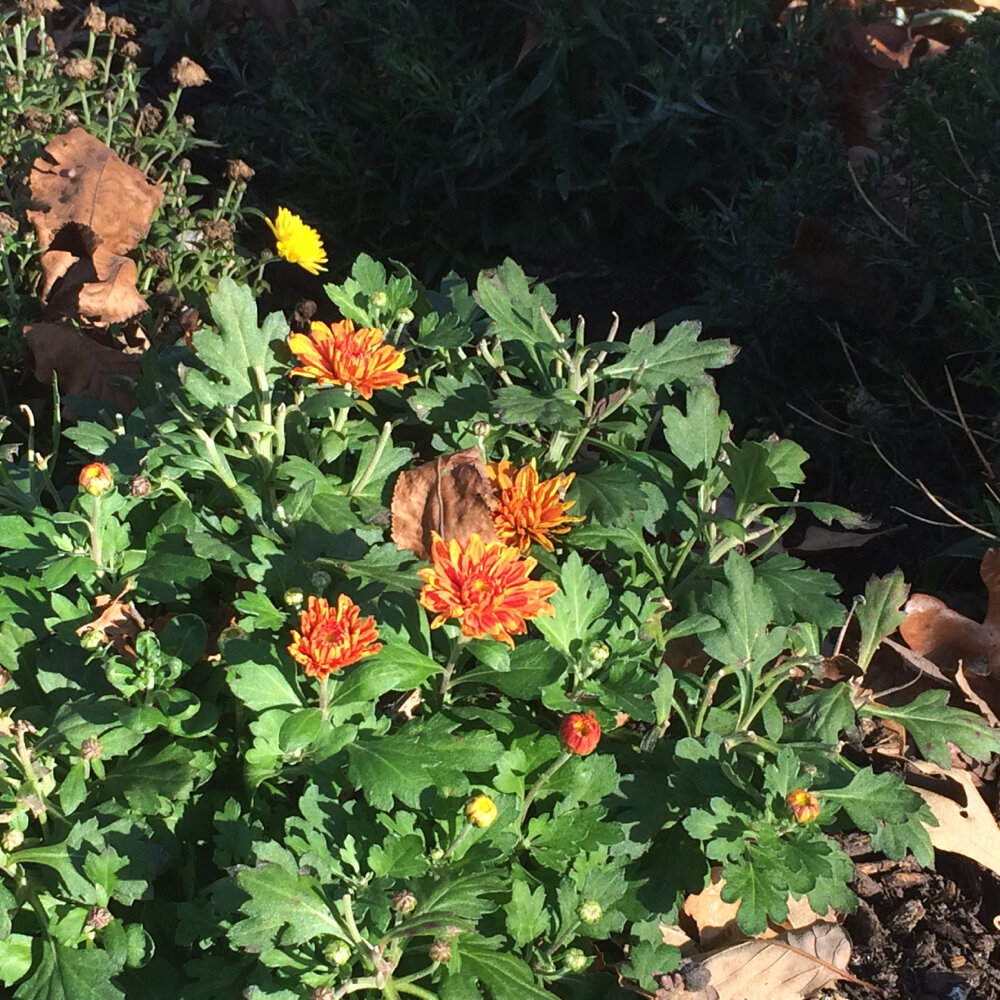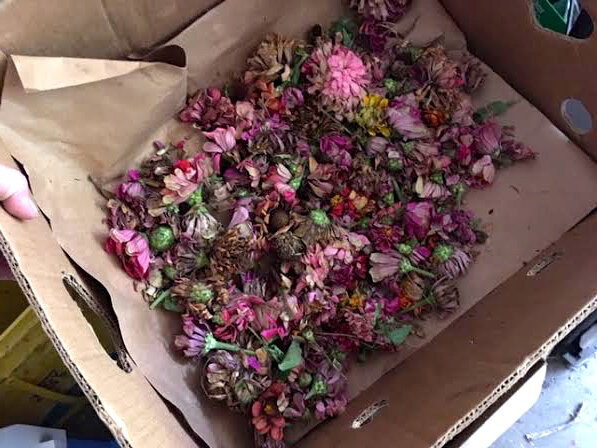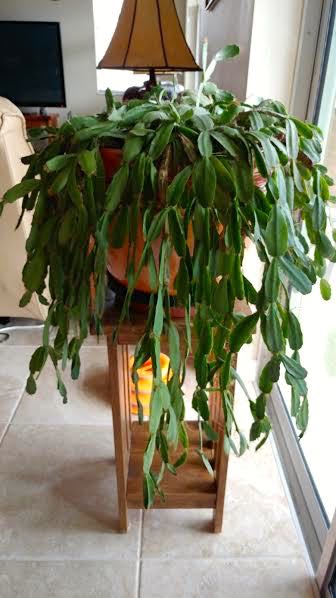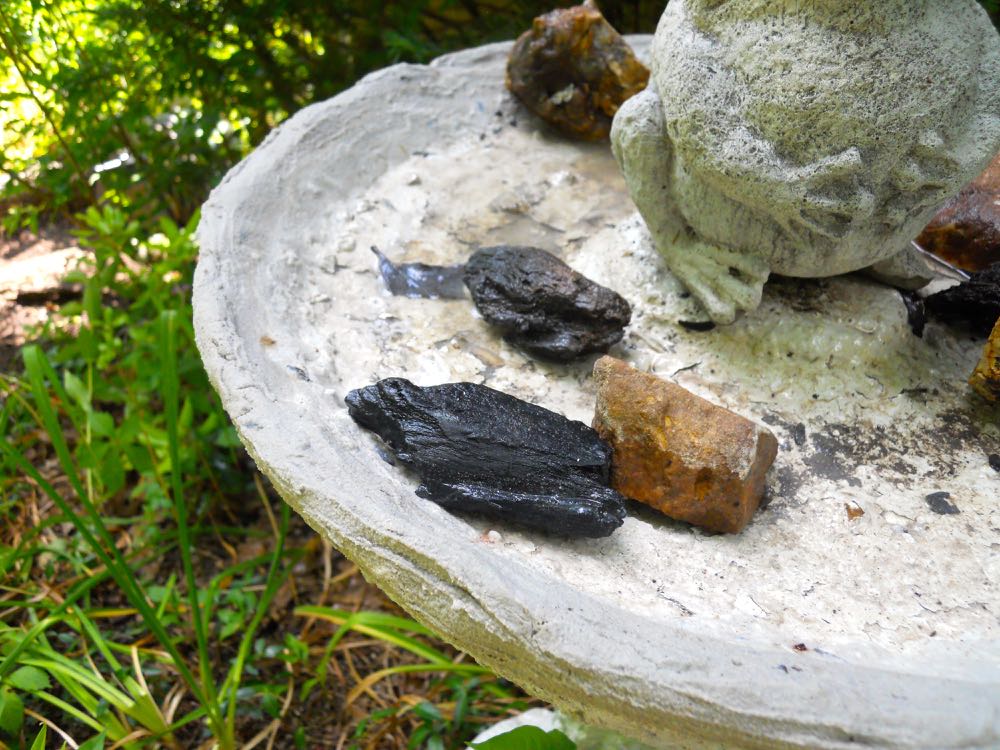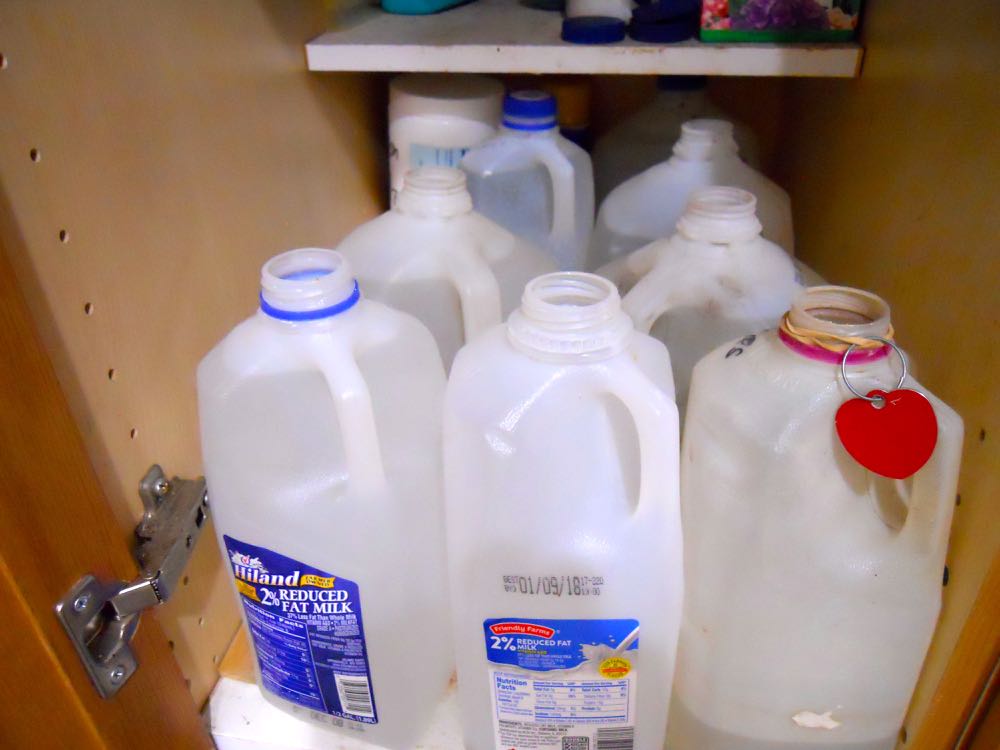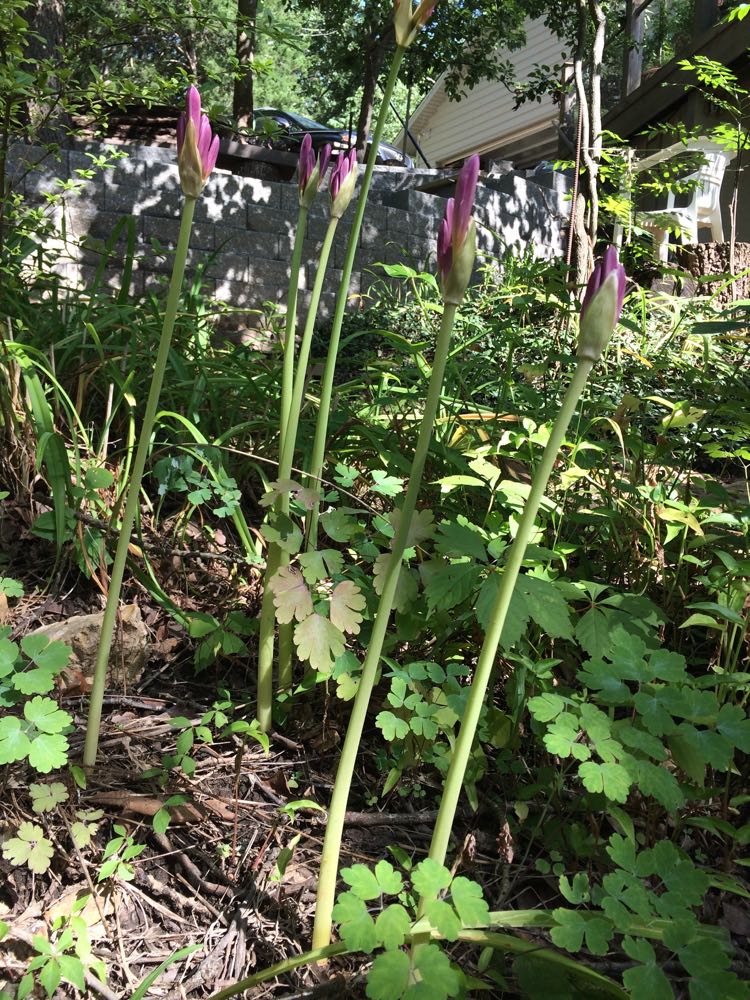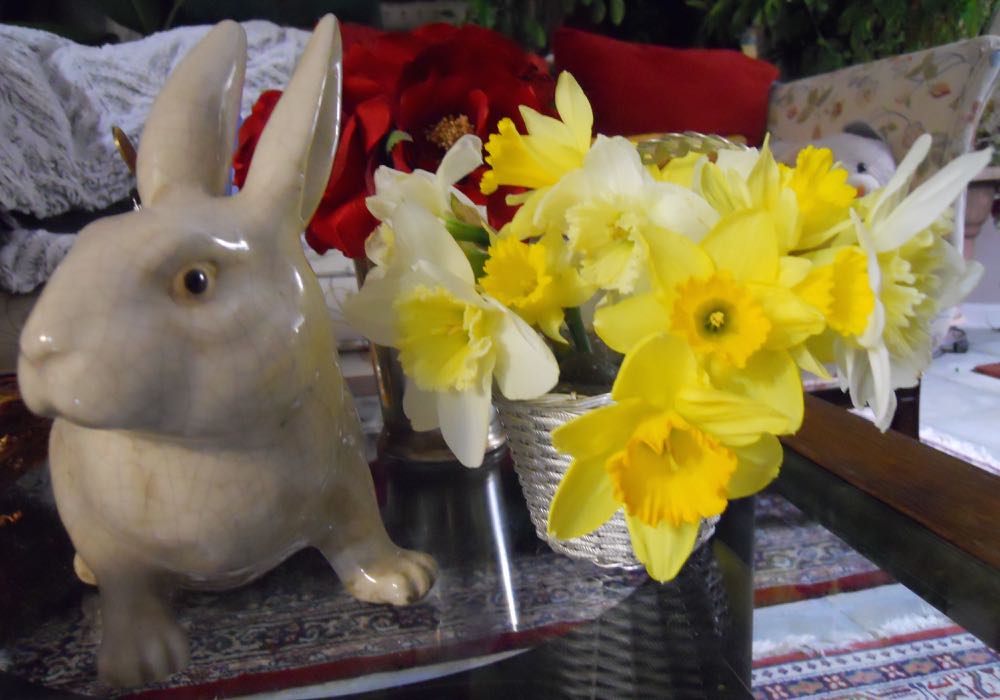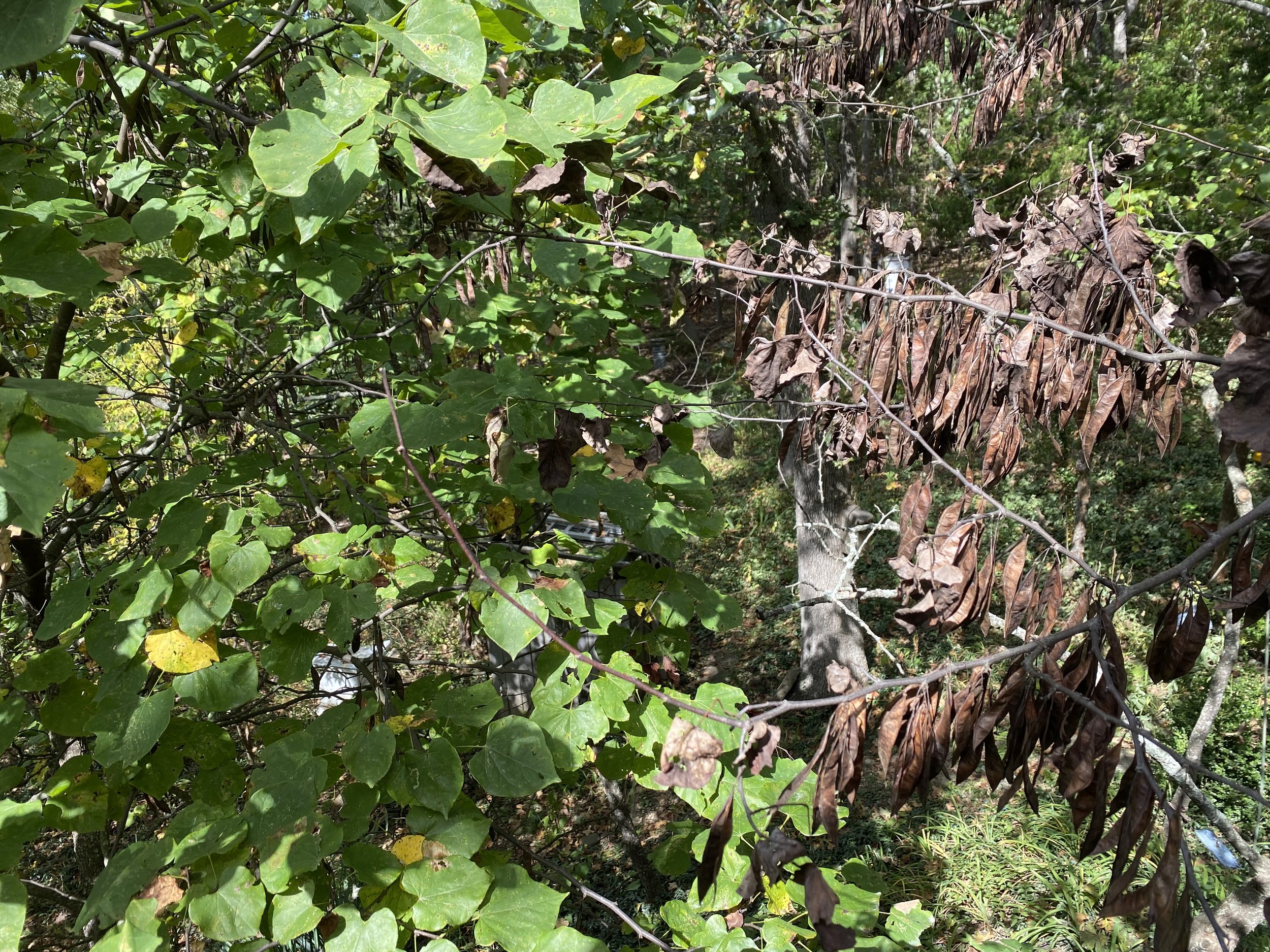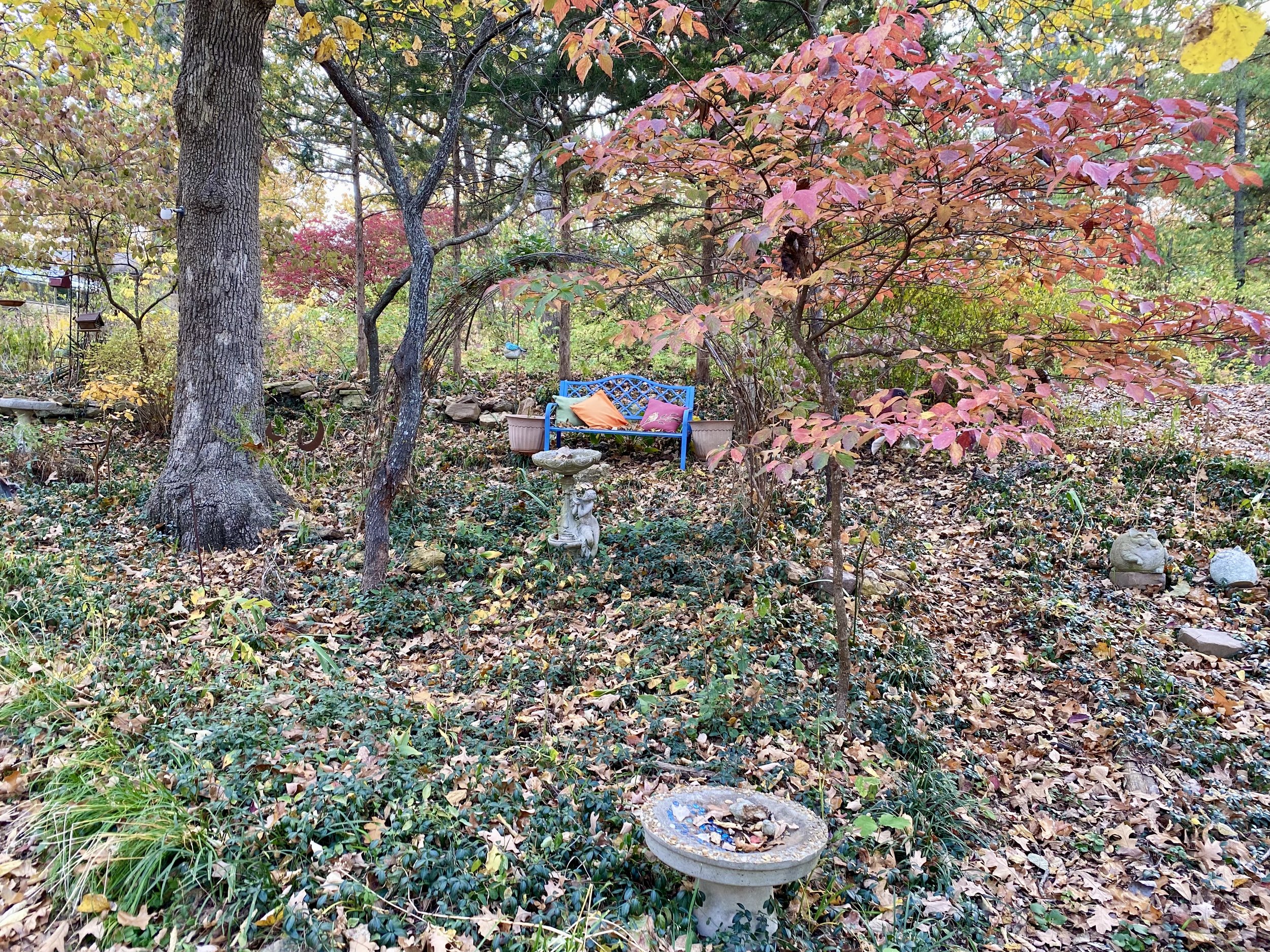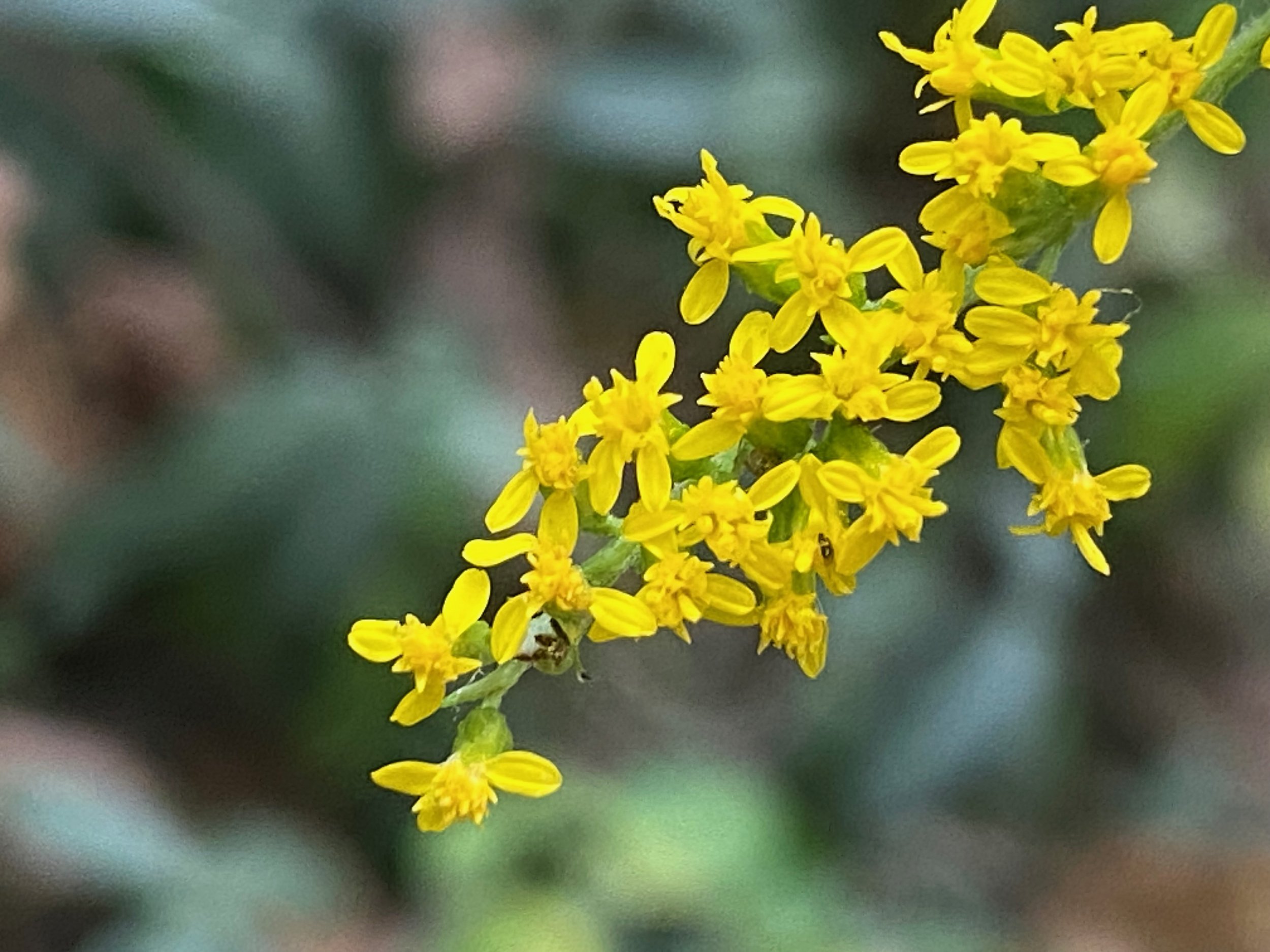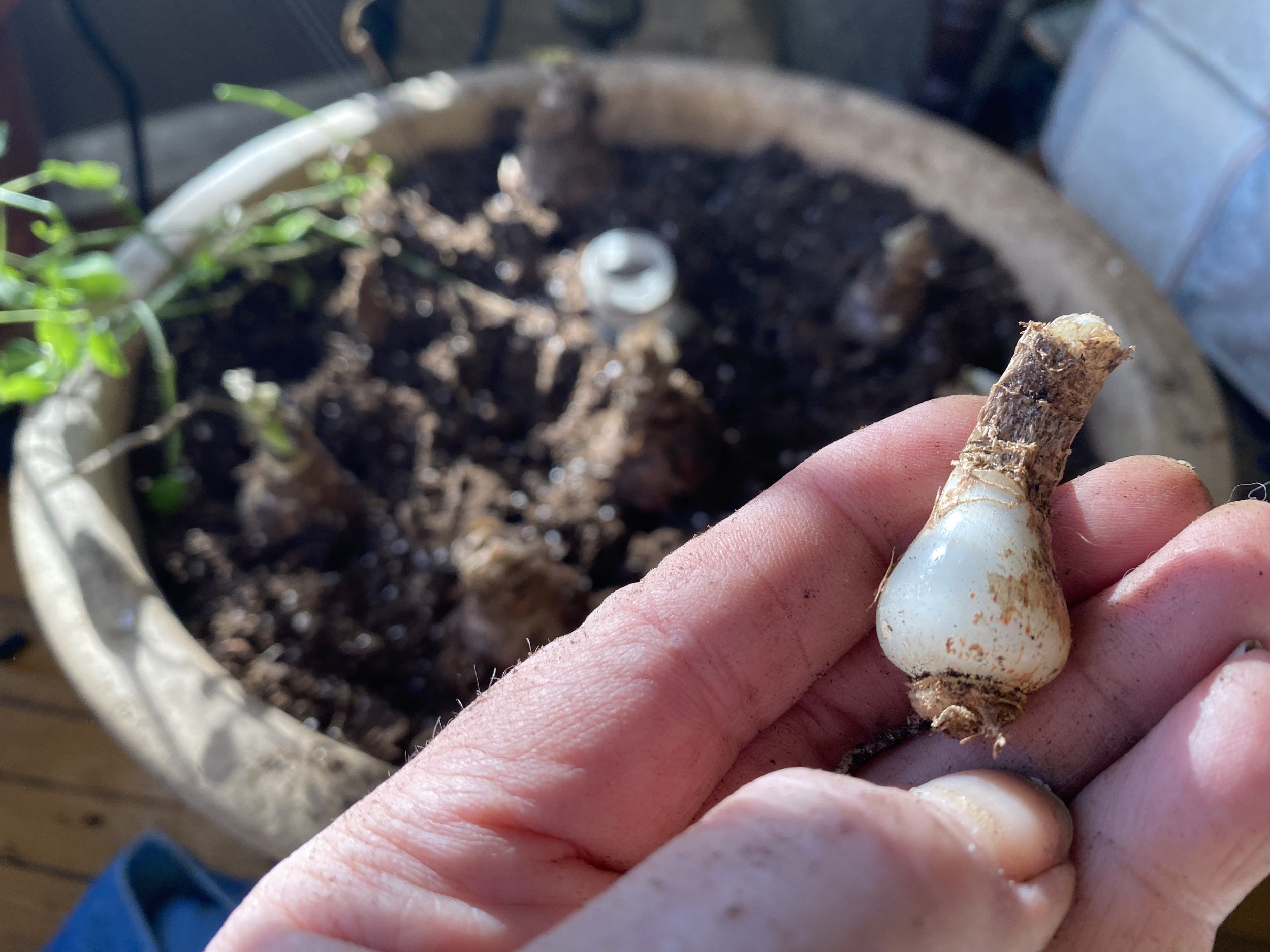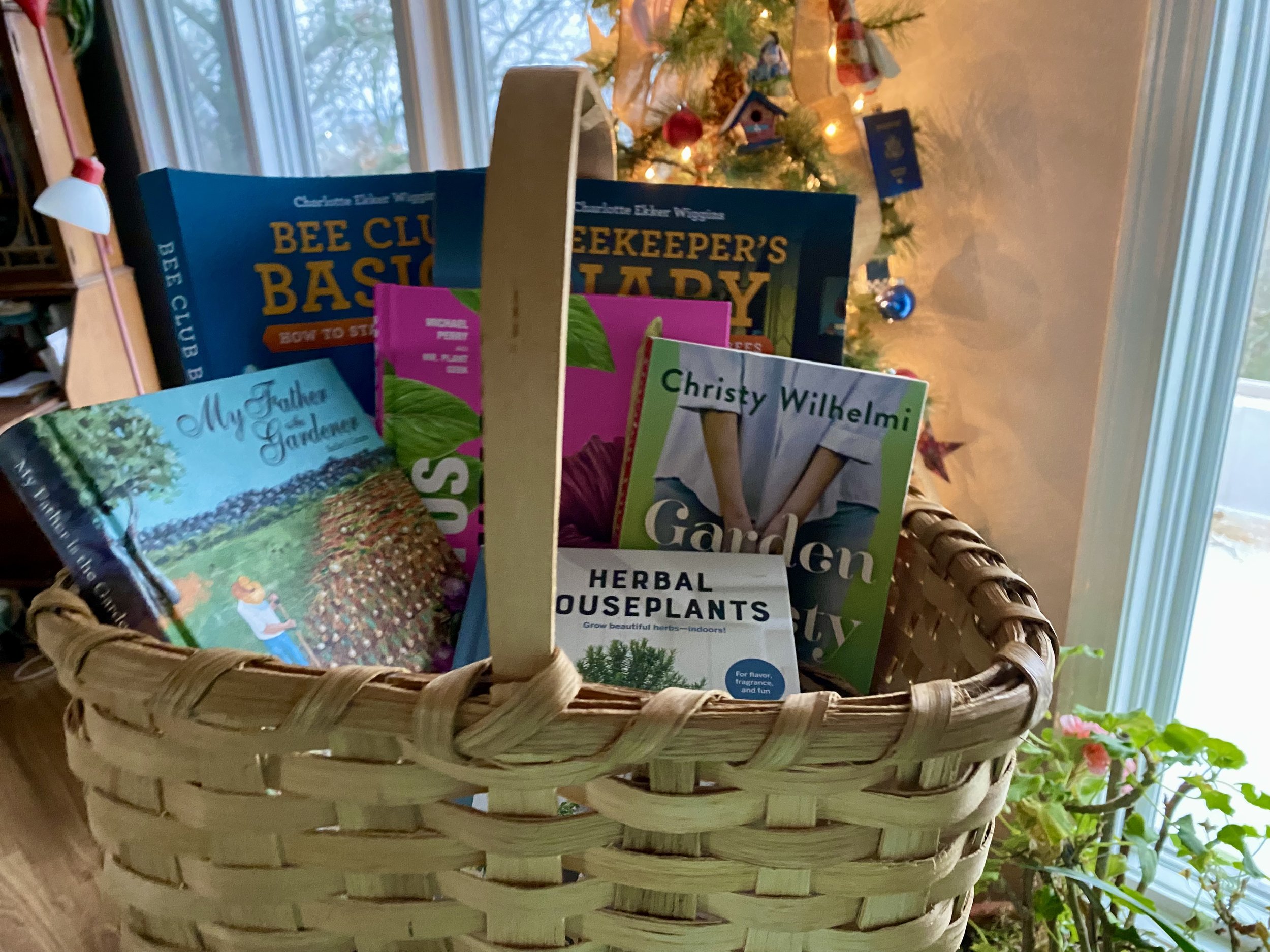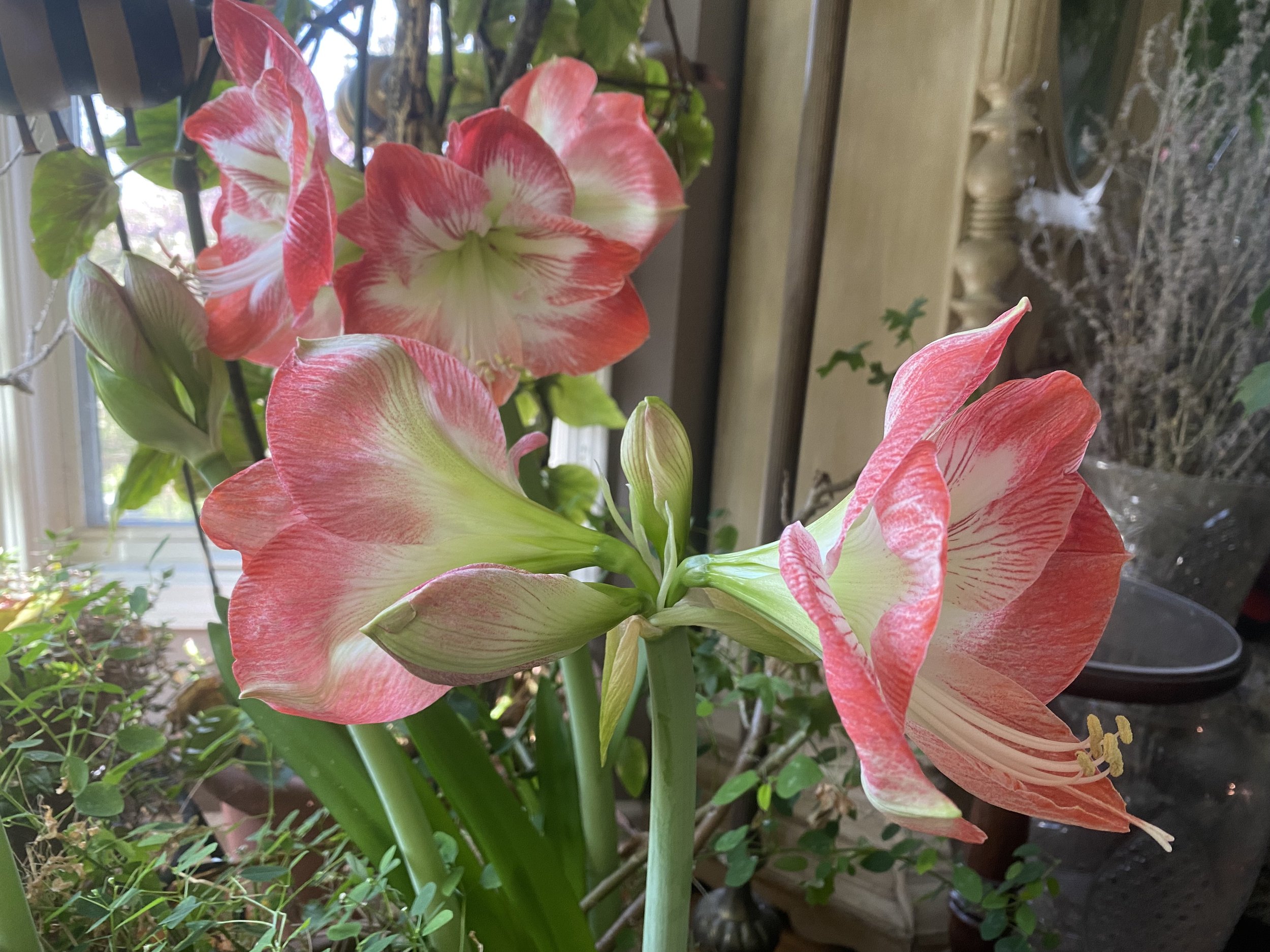Can I Still Plant Spring Bulbs
/Uh-oh, ran out of warm weather before I planted my spring bulbs this year. (Photo by Charlotte Ekker Wiggins)
“Yikes, it’s snowing and I don’t have all of my spring bulbs in the ground. When is it too late to plant them?” — Ralph
Can I Still Plant Spring Bulbs
Hi Ralph, welcome to the club. I also ran out of time to get some of my spring bulbs in the ground before snow and cold weather moved into mid-Missouri. The good news is that there still is time to get them in the ground.
Tulips, daffodils and most other spring bulbs need a good 12 weeks planted in the ground to trigger growth. Considering that most of our soil starts to thaw out early March, that gives us all until the end of November and beginning of December to get these vintage flower bulbs in the ground.
The key is when does your soil freeze for winter. I’m in USDA Hardiness zone 5b/6a so our soil tends to stay workable until December. Even if you wait that late, you can still get spring bulbs in the ground so that they bloom next spring but the earlier you get them in, the better for the bulbs.
And yes, I have been seen out in my garden in full winter garb with my handy pick ax in blowing snow getting a few last spring bulbs in the ground. Especially when I find them on sale at the end of the fall season. A few bulbs may have dried up by the time they are discounted but most packages still have viable bulbs.
Remember to add a little bone meal at the bottom of the holes, the bone meal will help feed the bulbs when they are ready to grow.
And ah, bundle up!
Charlotte


